El guepardo de los deportes subacuáticos 🇪🇸 🇬🇧
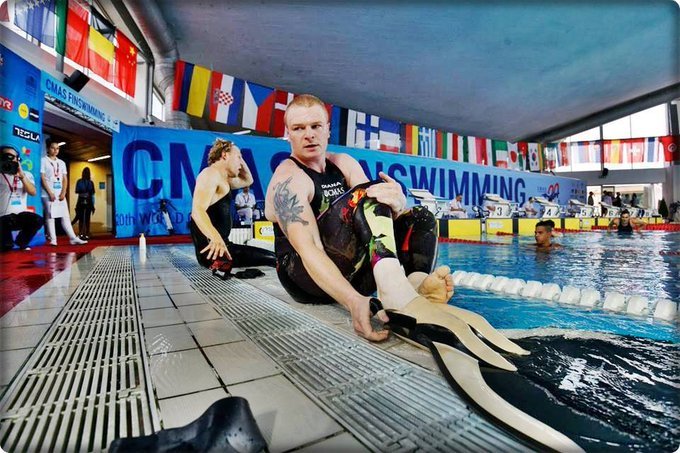
El guepardo es el animal terrestre más rápido del mundo, pero a nivel de los deportes subacuáticos de competición, también tenemos una modalidad donde el deportista alcanza gran velocidad: la Natación con Aletas.
Es reconocida y avalada a nivel internacional por la Confederación Mundial de Actividades Subacuáticas (CMAS). La característica principal es el uso de bialetas o monoaletas para el impulso del atleta en el agua, usando la fuerza de sus músculos.
¿Cuáles son las especialidades que incluye?
Natación con aletas en superficie.
Natación con aletas en apnea.
Natación en inmersión con equipo respirador.
Natación con bialetas.
Natación en aguas abiertas.
Precisamente, en el año 2006, se realizó en Cuba, la Primera Copa Panamericana CMAS Zona América, donde tuvimos el placer de compartir lindos momentos con el equipo de México, Venezuela y Ecuador.
En dicho evento se compitieron varias modalidades de la apnea y también la natación con aletas, el tema que hoy expongo, donde podrán ver algunas fotos.
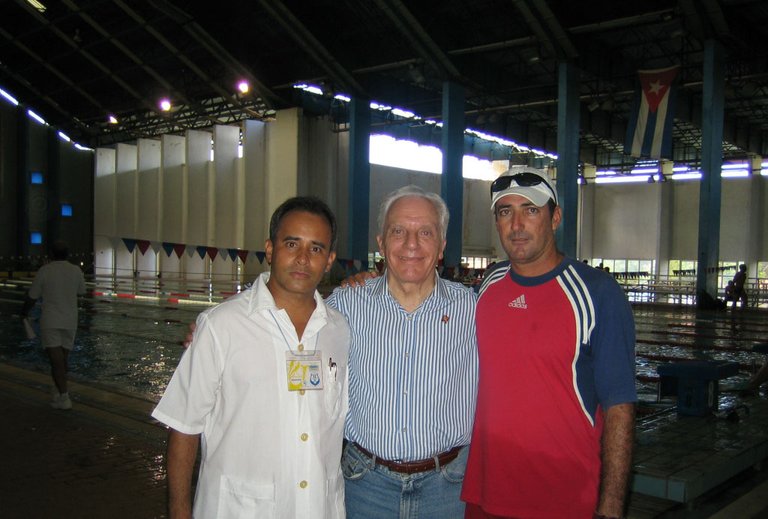
Natación con aletas en superficie:
El atleta se desplaza usando el tipo de aleta que prefiera. Para su respiración usa un tubo respirador. Este tiene forma curva, siguiendo el contorno de la cara y se usa en posición frontal. Con boquilla diseñada para ese uso y fijación a la cabeza con una correa para su estabilidad.
Natación con aletas en apnea:
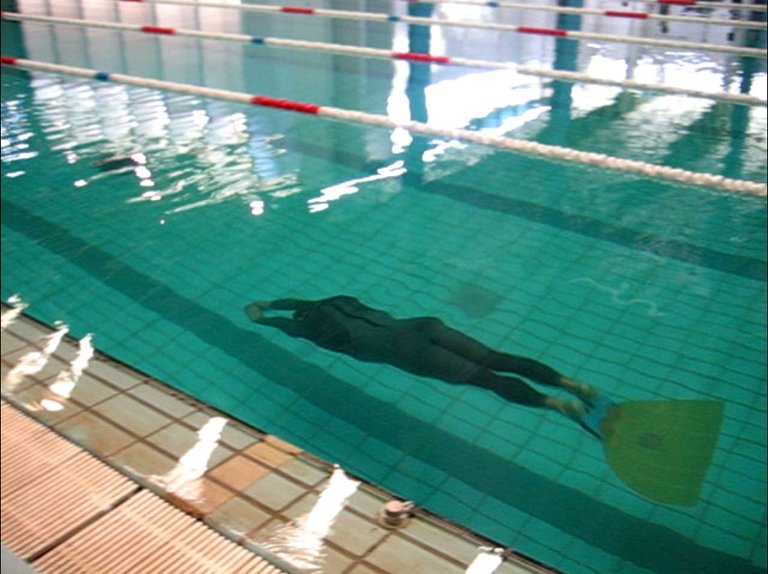
Modalidad en piscina donde no se permite usar el snorkel y la persona nada con el estilo que prefiera. Puede salir a superficie, pero la cara siempre debe estar sumergida. Generalmente, se usa la monoaleta en este tipo de competencia al tener más eficiencia.
Natación en inmersión con equipo respirador:

Aquí se usan materiales auxiliares para garantizar la respiración subacuática mientras el atleta se desplaza usando una monoaleta.
Es libre de escoger el estilo de nado y la forma en que porta su equipo respirador. En la práctica, la generalidad de los atletas nadan con los brazos extendidos; de esa forma logran una menor resistencia en su desplazamiento.
Natación con bialetas:
Aparte del snorkel de uso obligatorio, el atleta se impulsa usando unas bialetas certificadas, tanto por su tamaño máximo como por el tipo de material.
El estilo permitido para en su nado es el crol sobre el pecho o brazada y patada alterna.
El movimiento tipo delfín se prohíbe. Solo se permite en los 15 metros iniciales, después de la salida y en cada viraje.
Natación en aguas abiertas:
Igual a la natación en superficie, pero se nadan largas distancias al estilo libre, en agua dulce como salada.
Se debe elegir un lugar y momento con buenas condiciones: poca corriente, mareas débiles, etc.
De las 5 disciplinas presentadas, la que más velocidad logra y en menor tiempo es la natación con aletas en apnea, en 50 metros.
Hasta la fecha, el título mundial lo tiene el ruso Pavel Kabanov, el que pueden ver en la foto inicial. Su tiempo récord: 13.70 segundos.
Por ese motivo y en analogía, usé el término: el guepardo de los deportes subacuáticos al título de este post.
Gracias a los que me leyeron. Les deseo un bonito día de miércoles.
The cheetah of underwater sports

The cheetah is the fastest land animal in the world, but at the level of competitive underwater sports, we also have a modality where the athlete reaches great speed: Finswimming.
It is internationally recognized and endorsed by the World Confederation of Underwater Activities (CMAS). The main characteristic is the use of bi-fins or monofins to propel the athlete in the water, using the strength of his muscles.
What are the specialties included?
Surface finswimming
Apnoea finswimming
Immersion swimming with breathing apparatus
Bi-fins
Open water
Precisely, in 2006, the First Pan American Cup CMAS America Zone was held in Cuba, where we had the pleasure of sharing beautiful moments with the team from Mexico, Venezuela and Ecuador.
In this event we competed in several modalities of freediving and also in finswimming, the subject I am presenting today, where you can see some pictures.

Surface finswimming:
The athlete moves using the type of fin of his choice. A breathing tube is used for breathing. This has a curved shape, following the contour of the face and is used in frontal position. With a mouthpiece designed for that use and attached to the head with a strap for stability.
Apnoea finswimming:

Pool mode where snorkeling is not allowed and the person swims in the style he or she prefers. You may surface, but the face must always be submerged. Generally, the monofin is used in this type of competition as it is more efficient.
Immersion swimming with breathing apparatus:

Here auxiliary materials are used to ensure underwater breathing while the athlete moves using a monofin.
The athlete is free to choose the swimming style and the way carries breathing apparatus. In practice, most athletes swim with their arms outstretched; in this way they achieve less resistance in their displacement.
Bi-fins:
Apart from the mandatory snorkel, the athlete is propelled using certified bi-fins, both for their maximum size and type of material.
The style allowed for his swimming is the crawl on the chest or alternating breaststroke and kick.
The dolphin-like motion is prohibited. It is only permitted in the initial 15 meters, after the start and at each turn.
Open water:
Same as surface finswimming, but you swim long distances freestyle in fresh as well as salt water.
You must choose a place and time with good conditions: little current, weak tides, etc.
Of the 5 disciplines presented, the one that achieves the most speed and in the shortest time is apnoea finswimming, in 50 meters.
To date, the world title is held by the Russian Pavel Kabanov, who you can see in the opening photo. His record time: 13.70 seconds.
For that reason and in analogy, I used the term: the cheetah of underwater sports to the title of this post.
Thanks to those of you who read me. I wish you a nice Wednesday.

Separador. De uso libre por/Text divider. Free use from @eve66
Texto por/Text by Andrés Brunet
Fuente de la foto inicial y referencia del récord mundial/Source of the initial photo and world record reference.
Fotos restantes propias. Cámara/Own remaining photos. Camera: Sony DSC-HX20V
Gracias por leer/Thank you for reading
Bienvenidos sus comentarios/Welcome your comments
¡Saludos infinitos!/Infinite greetings!
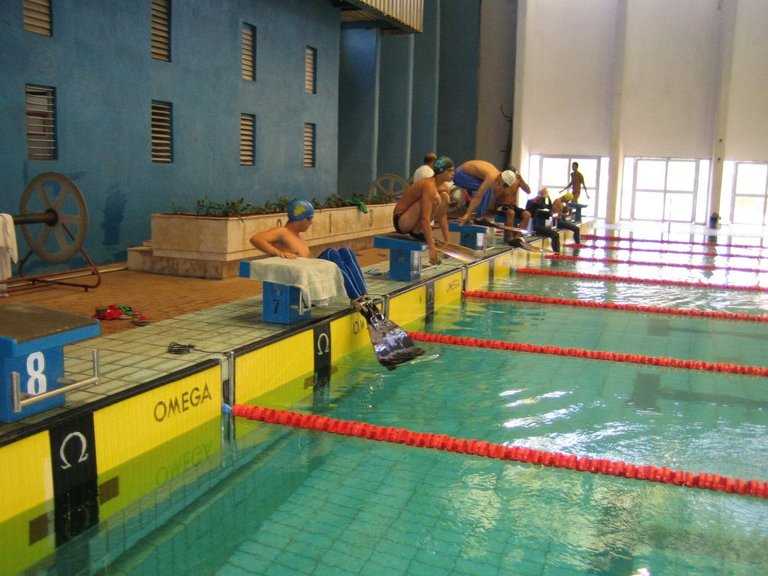
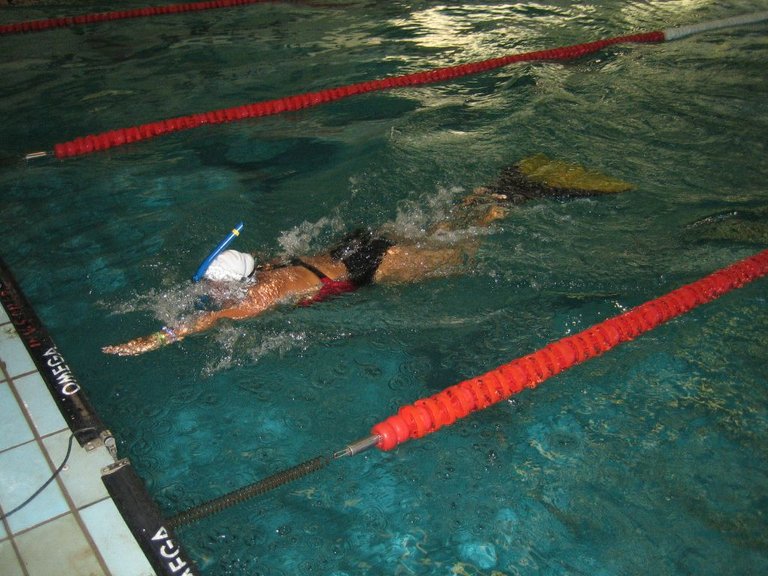
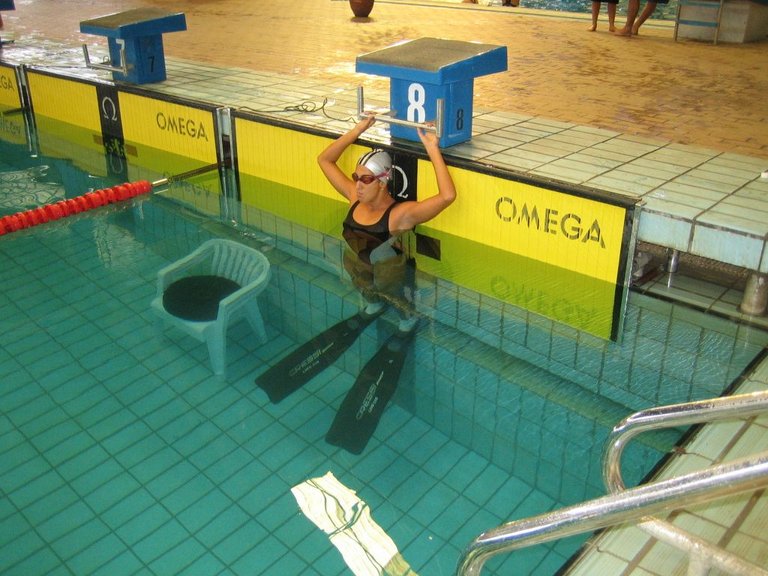

Siempre es un placer leerlo, estimado amigo.
Nos encanta, sus presentaciones, por ser simples, lenguaje entendible y armoniosas, para el lector, debido a que son publicaciones, no tan largas.
Gracias por traer contenidos de calidad y original, al feed de la comunidad.
Saludos.
Gracias amigo, esa es mi intención en la comunidad, dejar mi experiencia sobre un deporte poco divulgado, de una manera entendible sin perder el rigor médico que a veces lo acompaña. Si son con mis fotos, mucho mejor, ya que me place revivir y personalizar a nivel emocional, lindos momentos de mi vida. Saludos
Interesante información, no sabia que estos implementos como las "chapaletas" solemos decirles en Venezuela formaran parte del equipo o implementos que un atleta pudiera usar en una competencia, las conocí por primera vez ene buceo amateur desde entonces no sabía que otra aplicabilidad practica podía tener a nivel deportivo, saludos cordiales desde Aragua - Venezuela.
Gracias por escribir. Sí, se usan mucho en algunas modalidades de la apnea deportiva. Solo que deben ser las aprobadas a nivel federativo. Gracias a ellas el atleta logra mayor desplazamiento en el agua. Saludos
Congratulations @abrunet!
You raised your level and are now a Minnow!
Check out our last posts: